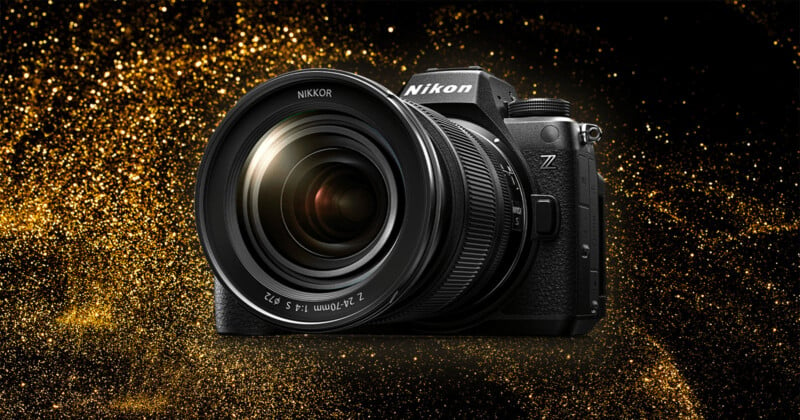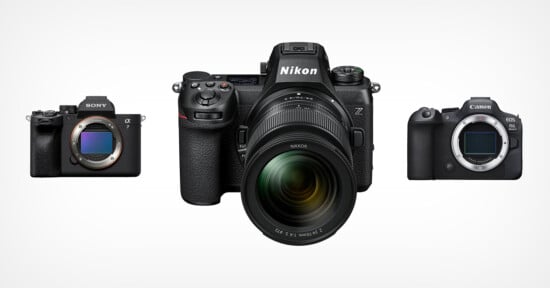The Nikon Z6 III’s Peak Dynamic Range Lags Far Behind its Predecessor’s

The Nikon Z6 III is an incredible camera with some novel features and pro-level performance. Among these new features is a “partially stacked” image sensor, which Nikon describes as the first of its kind. Early lab testing suggests that while this sensor may offer many benefits, it also incurs a dynamic range cost compared to the Z6 II.
Before diving into this story, which will refer to William Claff’s excellent work at Photons to Photos, it is worth noting that PetaPixel reached out to Nikon earlier this week to ask if the company had any concerns with Claff’s results, an explanation concerning the Z6 III’s dynamic range performance, or a comment on the benefits and costs of its new partially stacked image sensor design.
Nikon responded that initial feedback on Z6 III image quality has been fantastic. Further, Nikon says the Z6 III’s EXPEED 7 processor offers an image quality improvement over the Z6 II and its EXPEED 6 chip. As for specific questions concerning image sensor technology and dynamic range, Nikon has no comment.
On to the results: at the base ISO of 100, the Z6 II tops out at 11.26 EV, while the Z6 III peaks at 10.44. This 0.82 EV gap is rather interesting and doesn’t come with any benefit at higher ISOs — the sensor isn’t obviously tuned to give something up at low ISO in exchange for improvements at high ISO, which Nikon has a bit of history doing with the Nikon D5 and D6 compared to the D4.

That said, the gap between the Z6 II and Z6 III’s dynamic range does decrease as the ISO increases, essentially equalizing by ISO 800.
Although Nikon, understandably, isn’t interested in discussing how the move to a partially stacked sensor might impact dynamic range, there is another camera comparison in Nikon’s Z system that puts a typical CMOS sensor up against a stacked-type sensor — in this case, the 46-megapixel BSI-CMOS of the Z7 II versus the fully stacked 46-megapixel sensor of the Z8 and Z9.

While the Z7 II peaks at a very impressive 11.6 EV of dynamic range, the Z9 hits its high mark at 11.26 EV. This 0.34 EV difference is notably smaller than the one between the Z6 II and Z6 III, but there is a gap nonetheless.

While DxOMark tests its sensors differently than Claff, the Z7 II bests the Z9 for the former as well: 14.7 versus 14.4 EV. In fact, the Z7 II is up there with the best full-frame cameras on the market in terms of dynamic range. While there are plenty of reasons to opt for the Z8 or Z9 instead, for photographers exclusively, or at least primarily concerned with dynamic range, the Z7 II is a great option.


And that’s important to mention here, too, because the Z6 III, as Nikon rightly notes, offers great overall image quality and is a powerful camera. Even if its peak dynamic range is worse, for reasons Nikon isn’t yet interested in elucidating, the Z6 III is better than its predecessor in nearly every possible way and is arguably the best overall camera in its class.
Image credits: Header photo created using an asset licensed via Depositphotos. Graphs and tables courtesy of Photons to Photos. Nikon Z6 III sample images shot by Chris Niccolls.



